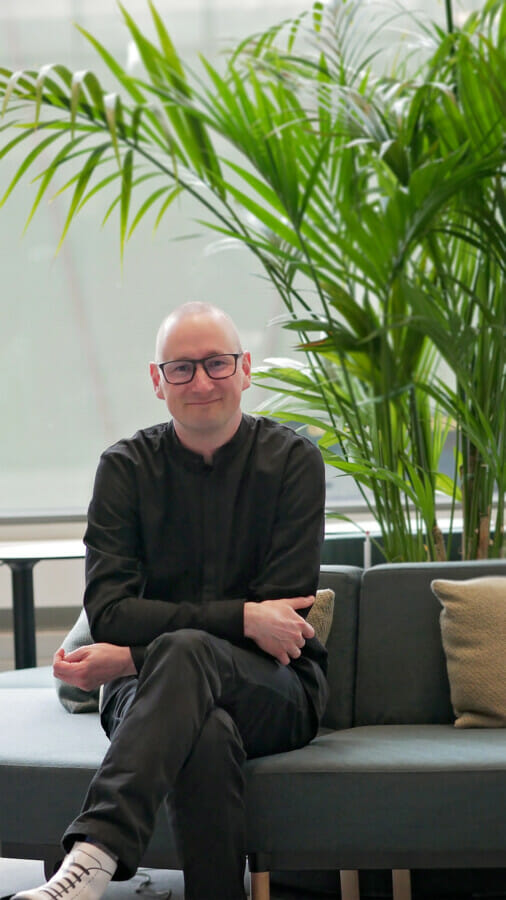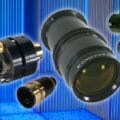The guiding mantra in Vaisala’s design department is ‘no design without reason’. It sounds obvious, but what they really mean is ‘no design without a valid reason’ because they believe that too many companies add features to their products that do not add value for customers.
As Head of Design at the Finnish measurement technology company Vaisala, Sauli Laitinen plays an important role in preserving and enhancing the company’s long-standing reputation for quality and innovation. A heavy responsibility, one might suppose, for someone with two degrees in Psychology, but Sauli is keen to point out that good design is grounded in a deep understanding of customer behaviour. After 14 years working in Research & Development at Vaisala, Sauli says: “I am fortunate to be working in an ‘ideas factory’, which is as exciting now as it was when I first started.” So, we took this opportunity to ask him how important product design is at Vaisala, how it affects the company brand, and why there is ‘no design without reason’.
Curiosity
Vaisala’s history stretches back to the 1930s, when the company’s founder invented some of the operating principles of a radiosonde. Curiosity, the desire to meet challenges, and an extraordinary ability to innovate remain at the company’s core. Today, that focus on innovation is as strong as ever, and has enabled the development of a wide range of technologies which are designed to deliver observations for a better world. Employing around 1,900 people, Vaisala now exports 98% of its production to over 150 countries.
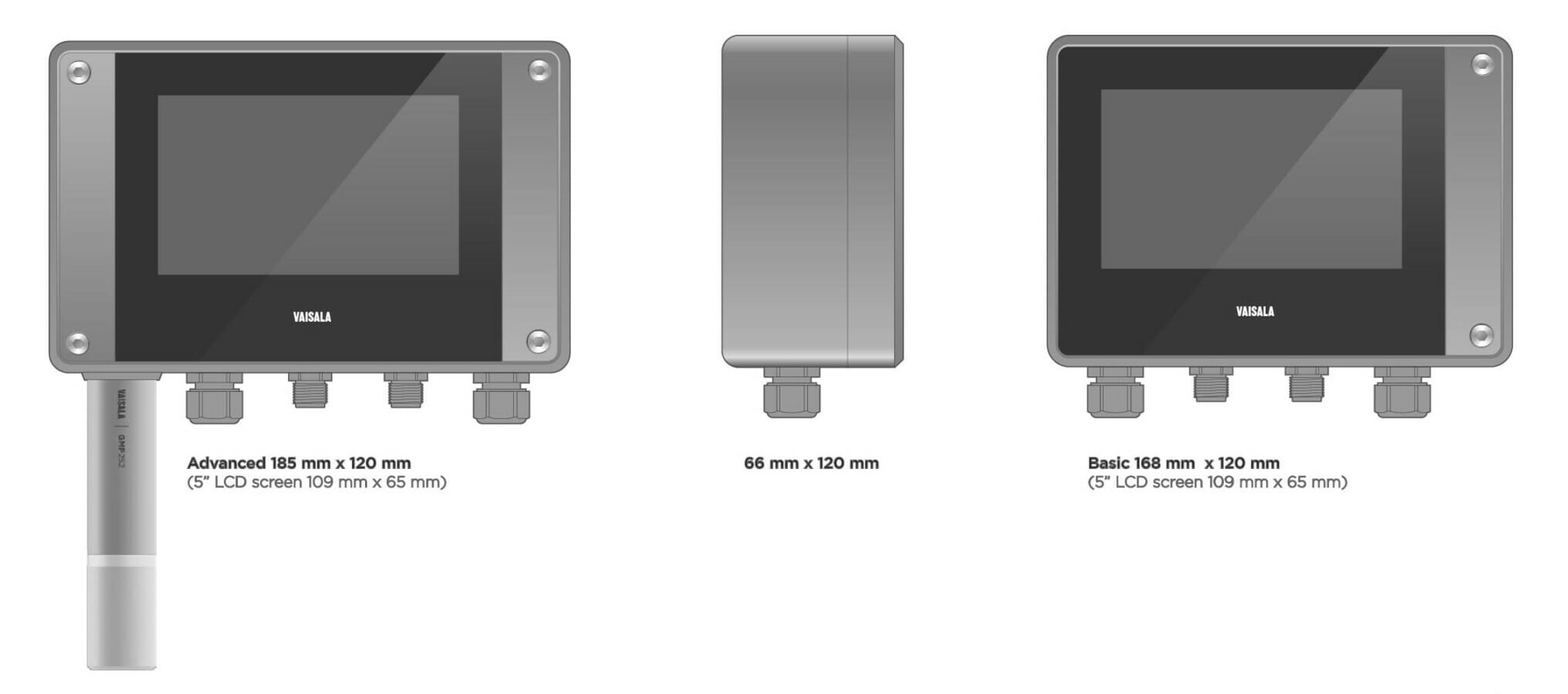
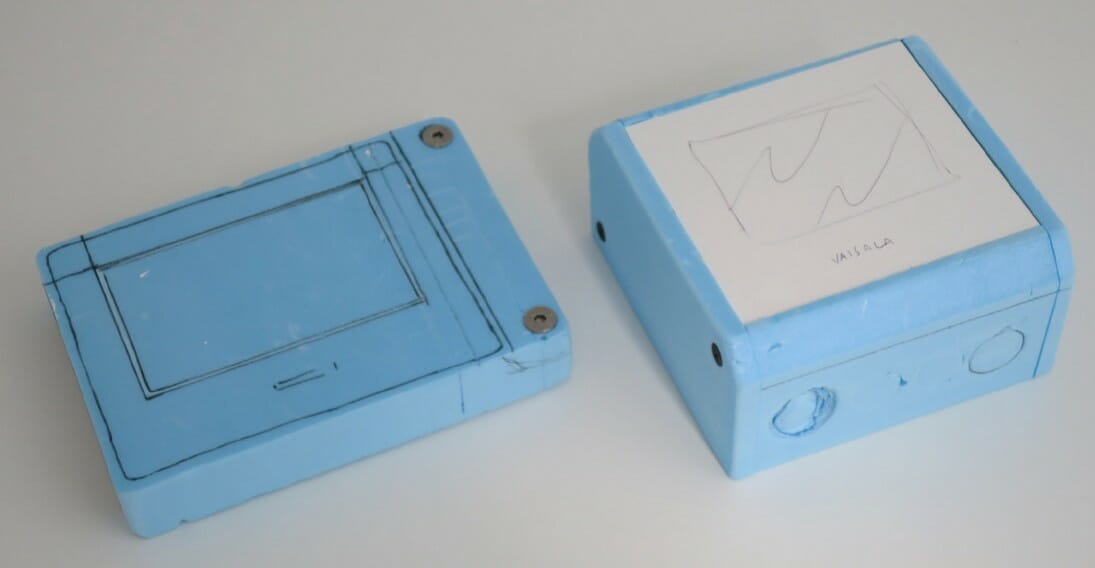
Form follows function
Design is obviously important for any company that develops and manufactures new products, but for Vaisala, design is something bigger; it defines the whole company. When designing products, Vaisala designers ask themselves: “Does this feel like a Vaisala product?” In doing so, they are not just assessing the physical appearance, although that in itself is important; they are also asking if the product meets the customer needs, as well as the highest standards of accuracy, reliability, longevity and ease of use. As Sauli says: “Our customers expect our products to be the best in the market, so we must not, and will not, disappoint them.”
No idea is a bad idea
The philosophy of the design team is to think outside of the box; confident in the knowledge that no one will be criticised for ‘dreaming the impossible’.
Ideas for new market leading products can come from a wide variety of sources, but all of them have to offer something that is not currently available, and they have to solve customers’ problems better than any other product. Following the mantra ‘no design without a reason’, there is no opportunity for design effort to be wasted on work that does not add value in the eyes of customers. “Too often,” Sauli explains, “companies develop products, or product features, that add no real value for users. This can happen when designers are out of touch with customers. We therefore go to great lengths to ensure that all of our candidate products are completely user-centric, and designed for their intended application.”
Finding the right problems to solve is a skilled activity. For Vaisala this involves sending product and application experts out to visit and observe customers doing their normal work. Sauli says: “If you just ask people what they want, there is a danger that you only get half the story, so it is important to observe them in their work; to ask the right questions and find hidden needs, which means that the researchers must have a deep understanding of the customers and their businesses. A key area of expertise is the combination of application knowledge and an ability to provide answers to the questions customers didn’t even know they had.”
It was interesting to note that when we spoke with Sauli he never mentioned competitors. When we asked why, he said: “Of course, if you want to be a market leader, you have to constantly benchmark yourself, but from a product design and development point of view it makes no sense to follow competitors. If you do so, you will always be behind the curve. That’s why we are in continuous dialogue with our customers; looking for opportunities to exceed their expectations and disrupt the market.”
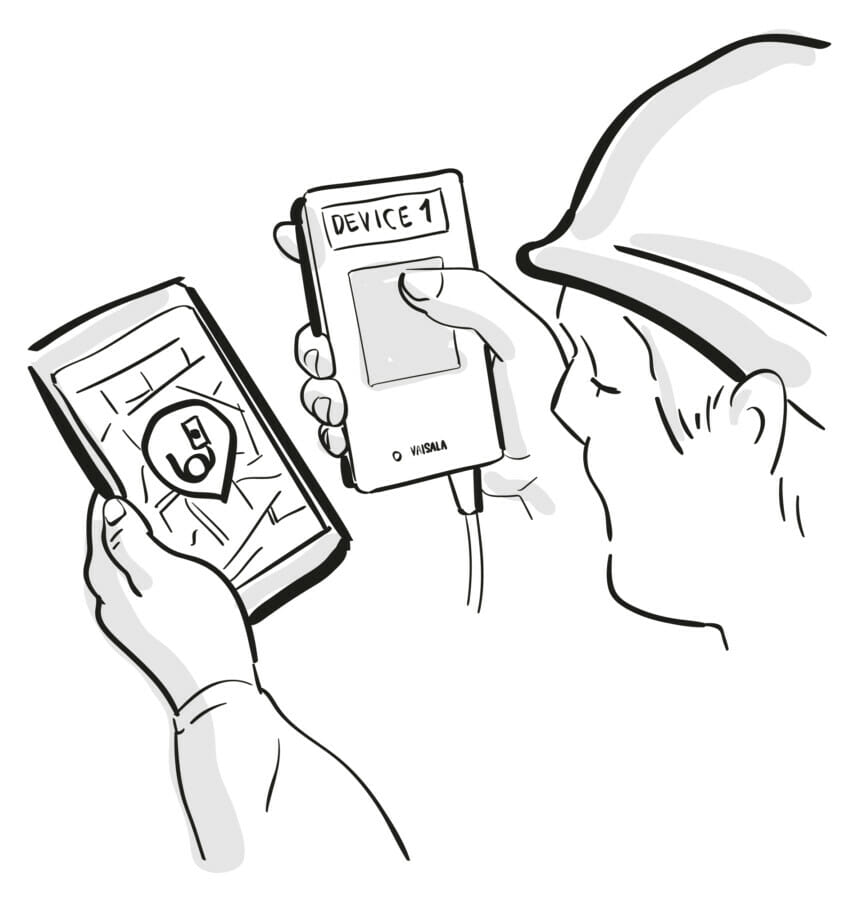

Ideas factory
New product ideas are brought to multi-disciplinary workshops involving staff from several different departments. Emphasizing the importance of this, Sauli says: “We need to consider every customer touch-point in the product journey, which means more than just its operation; it also means manufacturing, packaging, transport, assembly, configuration, maintenance, calibration, disposal or recycling. Every step of the product journey is mapped out so that the design team can predict and prevent potential issues.
“We also need to find those hidden opportunities for improvement. For example, if a customer currently completes a task with two people in a set period of time, the design team’s objective might be to enable one person to do it in a fraction of that time.”
Throughout the design process, the team will continue to ask if the product is solving a genuine customer problem, and if it still feels like a Vaisala product. If an idea passes these tests, sketches and mock-ups are created for early validation of concept.
Image
Mock-ups are assessed against how effectively they solve a customer’s problem; how widely the solution would be adopted; how pleasant the user experience would be; how it would be assembled or configured; how accuracy and reliability can be assured, and how good the product will look and feel. All of these evaluations address the perspective of the user, but it is also necessary to ensure that the product fulfils the needs and expectations of the customer, which may include considerations such as service requirements, longevity, price, lifetime cost, materials and lead times.
“The early stages of idea generation and evaluation are great fun,” Sauli comments. “However, once a candidate product passes the concept evaluation stage, things rapidly get serious.”
In addition to evaluations, all products are tested to check their reliability, durability, stability and accuracy in all potential conditions, which means that products have to be tested beyond customers’ expectations. Sauli says: “We regard our specifications as a performance promise, so we test our designs rigorously and repeatedly to ensure that we are able to deliver on that promise.”
Design project example: the smart Indigo family
The Vaisala Indigo family of industrial measurement instruments has evolved in recent years as a result of a series of product development programs with common goals; each of which solved specific customer problems. Indigo is a great example of joined-up thinking in the Vaisala ideas factory. At an early stage, the team realised that if a variety of products could be harmonized as a modular family, they would simultaneously solve a number of important customer challenges.
The overall aims of the development work were to enable the continuous flow of data; avoiding process down-times, and improving data visualization. Following an extensive development program, it is now possible to measure all of Vaisala’s key parameters with technologies from within the modular Indigo family, and new products are regularly added to the series.
The Indigo range includes intelligent, interchangeable, standalone measurement probes and optional transmitters; all of which are configurable by Vaisala Insight PC Software. The Indigo compatible probes measure key parameters such as humidity, temperature, pressure, dew point, CO2, H2O2 or moisture in oil. Importantly, each of the smart probes can operate as a standalone device, which provides portability advantages for customers. A key advantage is that processes can operate continuously, because each of the probes can be hot-swapped with another.
Summary
Vaisala’s design philosophy can be summarized in three words: insightful, complete and pure. Insightful development programs are grounded in a deep understanding of customer needs, combined with a determination to find innovative solutions. The solutions must be complete, in that they may involve both software and hardware, working harmoniously to exploit the latest technologies to both satisfy and excite prospective users. Last but not least, the new product must be pure – this means it must be credible and recognisable as a Vaisala product. Furthermore, it must be designed for an actual customer need, setting the highest standards in the market with essential features such as accuracy and reliability in the long term.
Finally, of course, there is no place for gimmicks in the Vaisala ideas factory, because there is no design without a reason.

